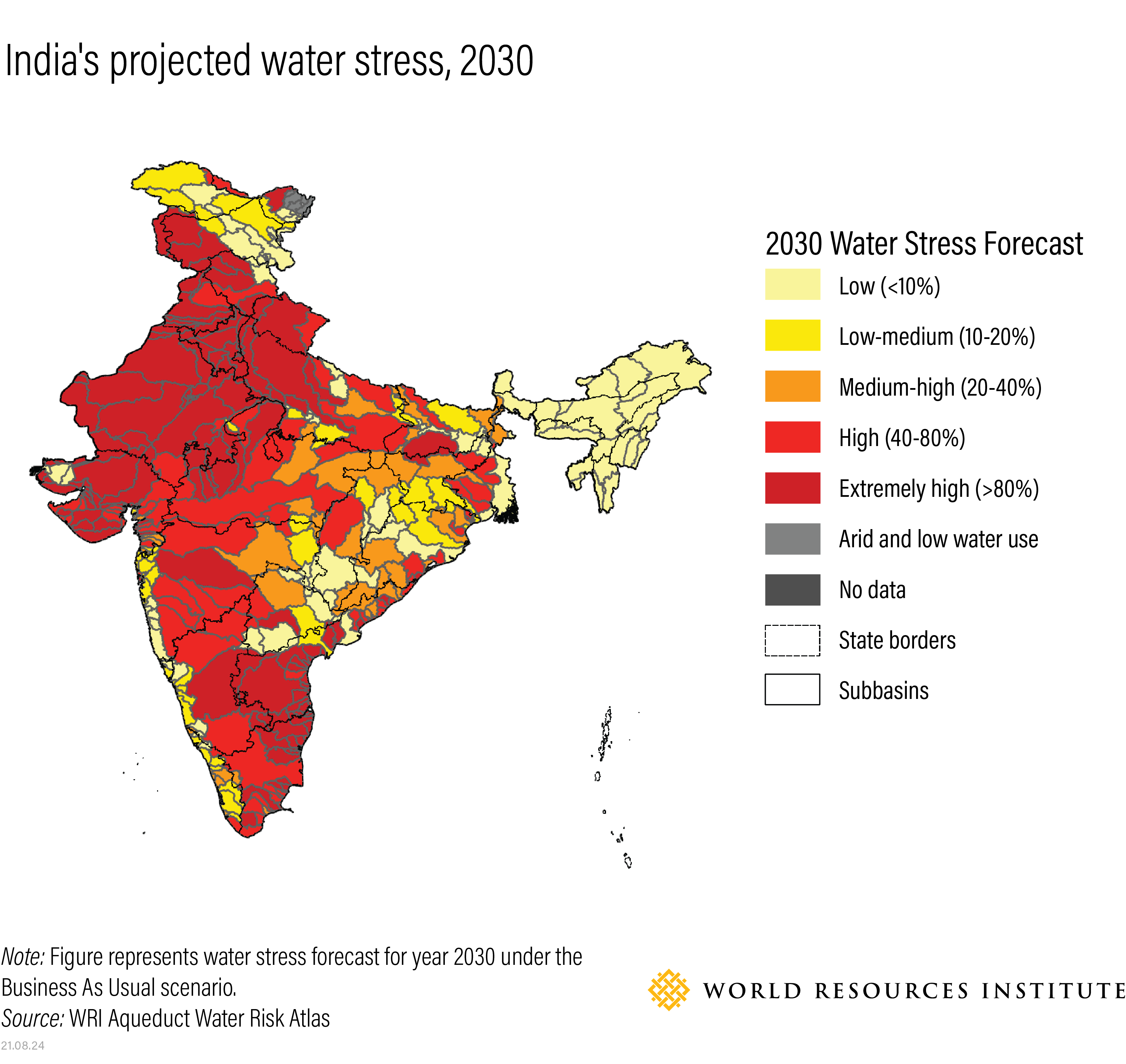Keywords: Polar Code, Arctic Shipping, International Maritime Organization, Environmental Protection, Arctic Governance, Oil Spill Prevention, Maritime Safety, Arctic Treaties, Climate Change, Sustainable Shipping
As maritime activity in polar waters increases, the need for strict environmental and safety regulations has become essential. The Polar Code, adopted by the International Maritime Organization (IMO) in 2017, serves as the primary regulatory framework for ensuring the safety of vessels and protecting fragile Arctic and Antarctic ecosystems.
Key Provisions of the Polar Code
- Environmental and Safety Regulations: Establishes mandatory rules for ships operating in Arctic and Antarctic waters.
- Minimizing Ecological Impact: Reduces risks associated with oil spills, waste discharge, and emissions from ships.
- Vessel Construction Standards: Requires enhanced hull designs and specialized equipment for navigating harsh polar conditions.
- Operational Practices: Mandates crew training, emergency preparedness, and strict pollution control measures.
- Protection of Polar Ecosystems: Ensures that marine biodiversity and Indigenous communities remain safeguarded against shipping-related disruptions.
Other Treaty Frameworks Applicable to the Arctic
Beyond the Polar Code, several international treaties and agreements regulate activities in the Arctic:
- United Nations Convention on the Law of the Sea (UNCLOS)Defines territorial waters, exclusive economic zones (EEZs), and resource rights in the Arctic.Establishes rules for scientific research and environmental conservation in international waters.
- Agreement to Prevent Unregulated High Seas Fisheries in the Central Arctic Ocean (2018)A 16-year moratorium on commercial fishing in the Central Arctic Ocean.Involves Arctic and non-Arctic states like China, Japan, and the EU to prevent overfishing in newly accessible waters.
- Arctic Search and Rescue Agreement (2011)The first legally binding Arctic Council agreement.Establishes international cooperation for search and rescue operations across Arctic regions.
- Agreement on Oil Pollution Preparedness and Response (2013)Strengthens coordination among Arctic states for oil spill prevention and response efforts.
- Agreement on Enhancing Arctic Scientific Cooperation (2017)Facilitates collaborative research and data-sharing among Arctic nations.Aims to improve climate change studies and environmental monitoring.
Conclusion
The Polar Code and other treaty frameworks play a crucial role in protecting the Arctic from the adverse effects of increased shipping, resource extraction, and climate change. As geopolitical and environmental challenges intensify, international cooperation remains vital for safeguarding the Arctic’s fragile ecosystem and ensuring sustainable development.
Tags:#PolarCode #ArcticShipping #MaritimeSafety #EnvironmentalProtection #IMO #ClimateChange #SustainableShipping #ArcticTreaties
For more updates on environmental regulations, public health policies, and developments in India's governance, follow Kanishk Social Media for comprehensive and timely coverage of critical issues. If you found this article helpful, share it with others interested in India’s environmental efforts and policy innovations.
















0 Comments